They hang around after the storm, waiting in plain sight to ruin your day.
After nearly 74 inches of snowfall in Greater Portland so far this season, rising piles of snow are surrounding and spreading into main roads and side streets, pushing traffic into ever-shrinking, treacherous chutes.
“With the snowbanks this size, it’s hard,” said Brad Foley, highway program manager for Maine’s Department of Transportation.
Many of the piles tower far higher than 3½ feet – eye level for most motorists – disrupting sight lines needed to safely navigate intersections, Foley said. And plow crews have been so busy pushing snow out of travel lanes that there has been little time to put it anywhere else.
“Their main objective is to get the roadway itself clear, and then do the cleanup and try to cut down those banks,” Foley said.
Another 4.1 inches of snow fell Monday at the Portland International Jetport, on top of the 2.9 inches recorded Sunday, bringing the total for the storm that began late Saturday night to 7 inches. Snow is also expected Thursday into Friday, although inch totals remain uncertain, said Chris Legro of the National Weather Service in Gray.
“It will depend on the track of the storm, but right now we are predicting Portland will get 2 to 4 inches of snow on Thursday,” Legro said. “It does look like something we’ll need the plows for.”
Legro said Tuesday’s forecast calls for gradually clearing skies with highs reaching 30 degrees.
Through 7 p.m. Monday, the jetport had received 73.6 inches of snow this season. That’s almost twice the amount expected by this date – 38.4 inches – and more than the 61.9 inches the city averages for an entire winter.
Several cars slid off roads in the Portland area Monday, according to Maine State Police. In Gray, a fuel oil truck rolled over, but no one was hurt and no oil spilled.
The York County Sheriff’s Office had responded to six vehicle crashes, none with injuries, through midafternoon. Two crashes on the Maine Turnpike, in Saco and South Portland, slowed traffic during the morning commute.
All Amtrak Downeaster rail service was canceled for Tuesday because train service in Massachusetts has been suspended for the day.
RAPID-FIRE STORMS LIMIT REMOVAL
The snow is creating other hazards besides making roads slick. Getting out of driveways and side streets has become a risky venture.
Chuck Morrison of Acadia Street in Portland said he creeps around the “monstrous” snowbanks with caution, and has so far avoided any collisions. But his neighbors’ parking habits could be better, Morrison said.
“When you’ve got two cars on the street and a plow can’t get through, it’s tough,” he said.
The three-step process used to clear snow – first plowing essential travel lanes, then returning to clear sidewalks and secondary roads, and finally removing snowbanks and piles – works for most winters. But the rapid-fire storms that have left most of Maine buried under 2 to 3 feet or more have left little time for step three in the past few weeks.
Now more than ever, drivers should take extra care navigating narrow byways surrounded by piled snow, traffic safety engineers say.
“The most important thing is sight lines, so people can see approaching vehicles,” said Diane Morabito, president of the private engineering firm Maine Traffic Resources. “Sight lines are always pretty critical when driving, and are often the cause of accidents when they’re inadequate.”
TRAFFIC SAFETY PLANS UNDERMINED
Traffic planners take great pains to count cars, map travel patterns and design signals to make intersections safer. But a major design component is whether drivers can see oncoming cars in perpendicular travel lanes.
Snowbanks can spoil the best street and intersection planning.
A driver’s eye level is typically about 3½ feet from the pavement for passenger cars. Even snow piled 3 feet high poses a problem, said Foley, the MDOT manager.
With some banks now topping 8 or 10 feet around driveways and on small side streets in Greater Portland, many intersections are not meeting sight-line requirements for safe travel, Foley said.
“The only way you could design for that is to design for the removal of the snow, and that’s difficult because the crews just don’t have any place to put it,” he said.
Portland has begun to cut down these barriers.
As snow encroaches farther into roads, pressing cars closer together and in some spots entirely eliminating travel lanes, city workers are planting temporary “no parking” signs to make way for heavy-duty snow removal equipment. Massive snowblowers take clean, vertical slices out of the embankments, blowing the snow directly into dump trucks so it can be carted off.
“The Public Services Department is prioritizing these streets based on reports from plow crews, Portland Police and Fire, and based on reports from citizens,” the city said in a notice Monday.
DRIVING ADVICE FROM THE EXPERTS
But perhaps more important than the height of the banks is driver behavior, according to an Alaska public works official with deep knowledge of snowbanks.
Rob Comstock, director of public works for the city of Valdez, said his crews typically deal with as much as 400 inches of snowfall – about 30 feet – a year.
Snowbanks in the small coastal city of about 4,000 can tower over roads, but residents know to enter intersections with great care.
“We just cut ’em back, angle ’em back so when you pull up there (to an intersection) you see a little bit,” Comstock said. “People are really careful of that, (to) nose out slowly.”
Another advocate for improving driver behavior is Tim O’Neil, a five-time North American Rally racing champion and current owner of the Tim O’Neil Rally School in Dalton, New Hampshire. O’Neil trains everyone from security professionals to nervous civilians on the finer points of winter driving safety.
Many people are unaccustomed to the need for constant, vigilant reassessment of road conditions when driving in winter weather, O’Neil said. In summer, when tires hold to asphalt relatively well, it’s easier to correct a mistake. On snow, however, all the rules change. Braking distances become longer and the ability to dart around quickly in traffic decreases.
“The problem is you’re inside a nice warm capsule, but you’re traveling through changing conditions,” he said.
Send questions/comments to the editors.


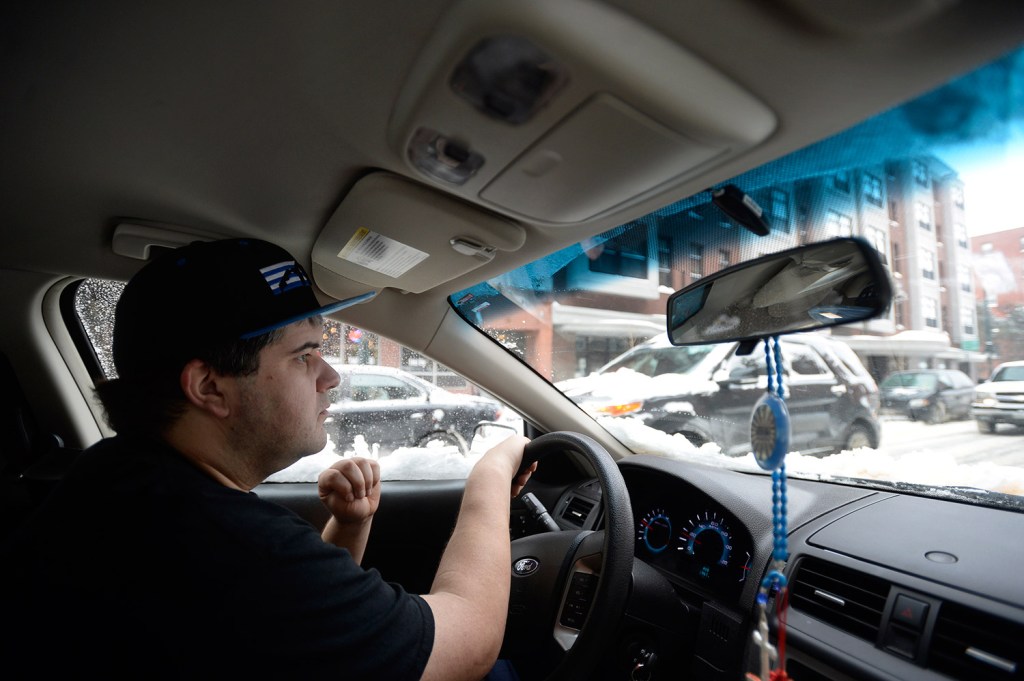
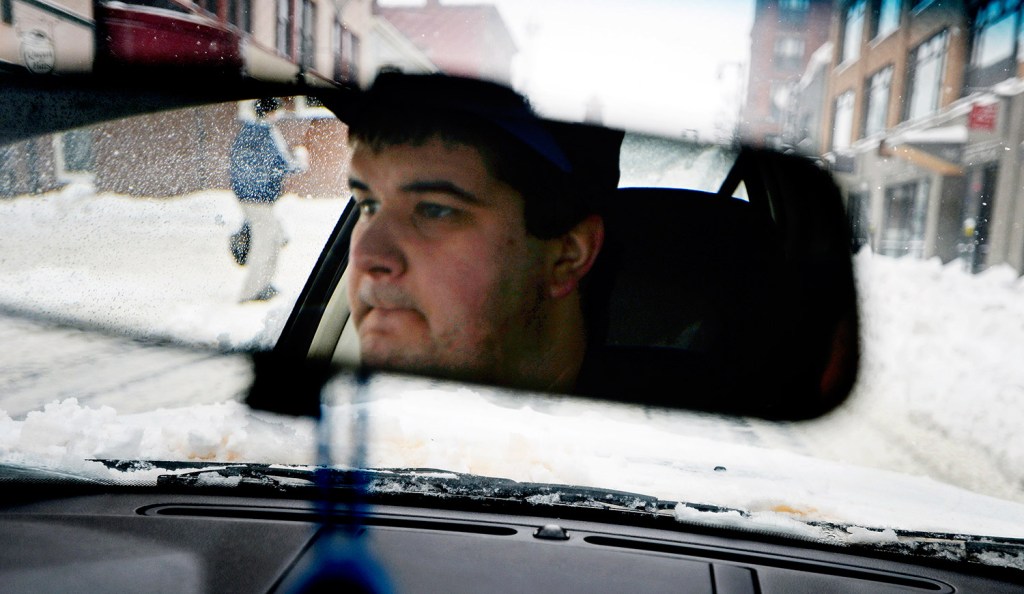
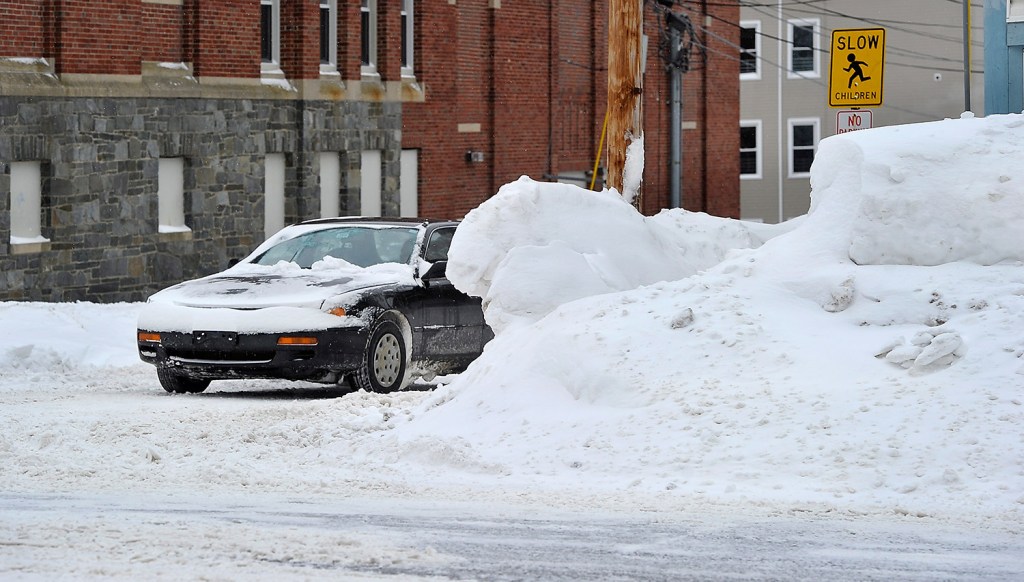
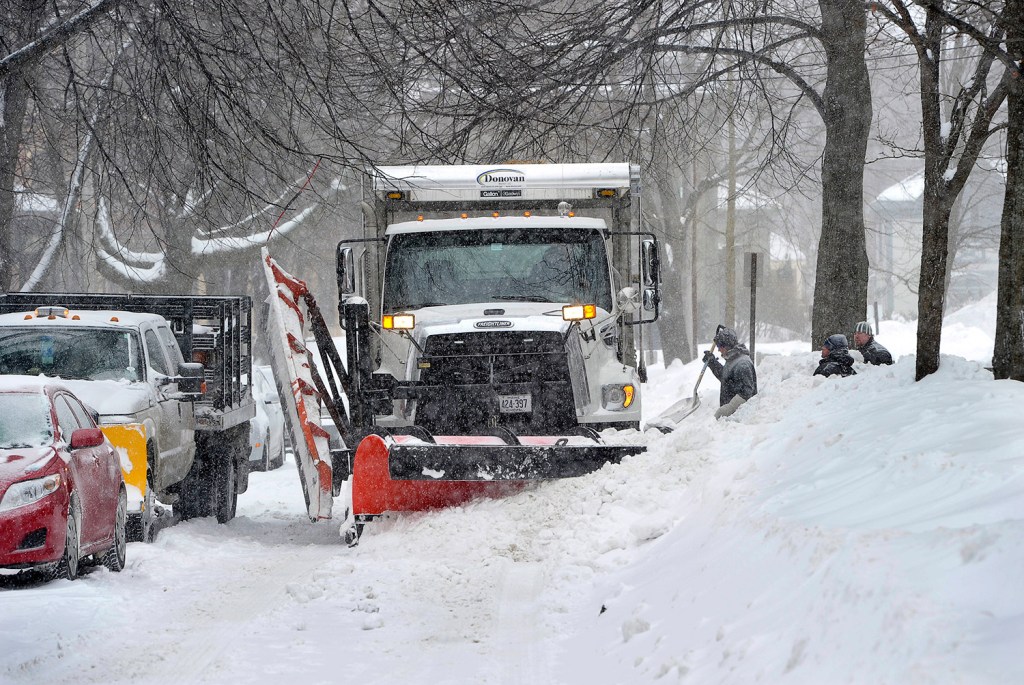
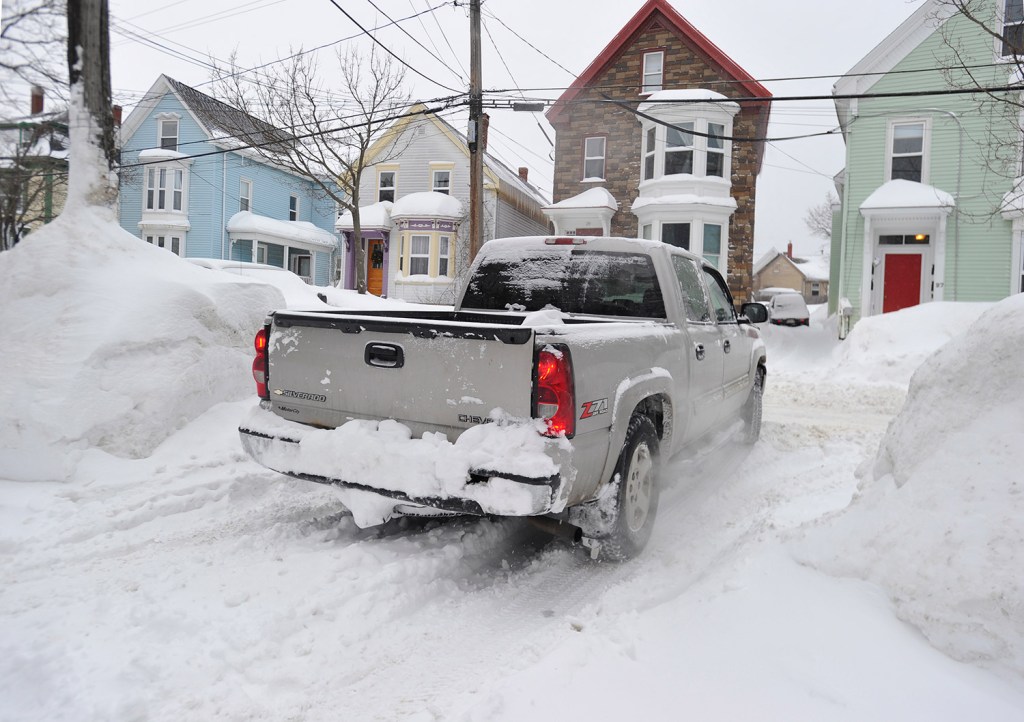
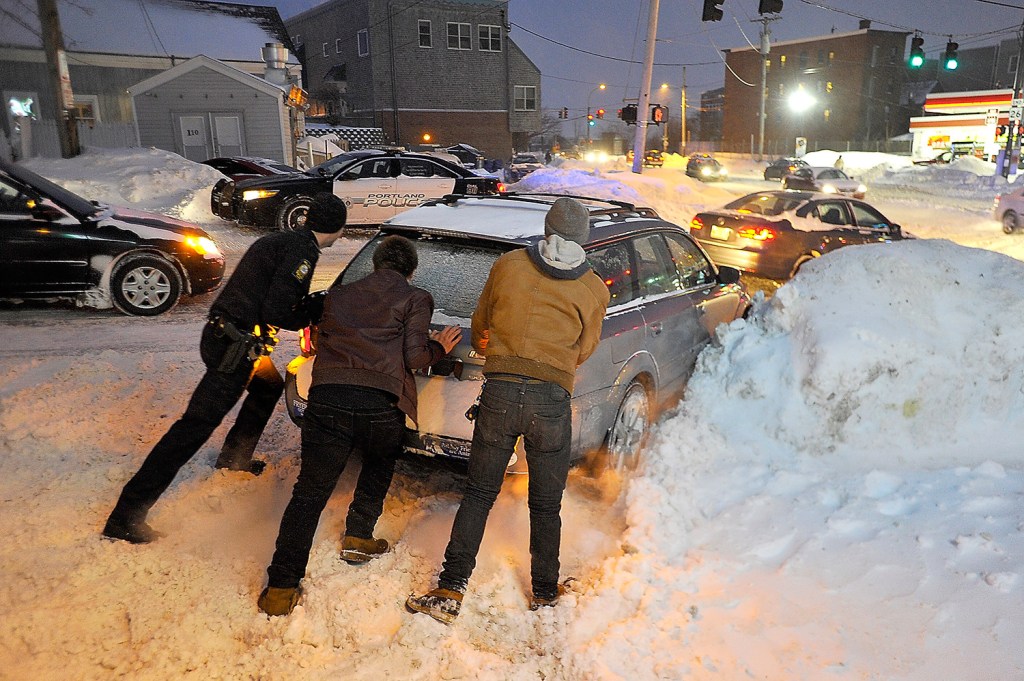
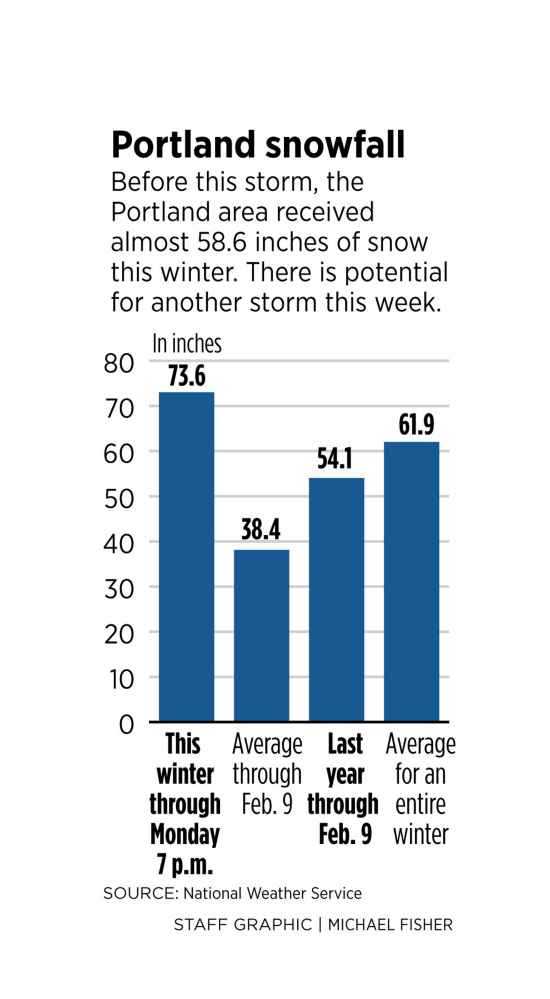

Success. Please wait for the page to reload. If the page does not reload within 5 seconds, please refresh the page.
Enter your email and password to access comments.
Hi, to comment on stories you must . This profile is in addition to your subscription and website login.
Already have a commenting profile? .
Invalid username/password.
Please check your email to confirm and complete your registration.
Only subscribers are eligible to post comments. Please subscribe or login first for digital access. Here’s why.
Use the form below to reset your password. When you've submitted your account email, we will send an email with a reset code.